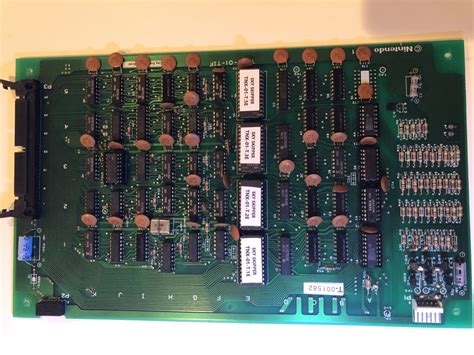


Printed Circuit Board (PCB) assembly documentation is a crucial aspect of the electronics manufacturing process. It serves as a guide for the assembly team, ensuring that the PCB is assembled correctly and efficiently. Proper documentation helps to minimize errors, reduce manufacturing time, and improve overall product quality.
In this article, we will discuss seven essential tips for preparing comprehensive and effective PCB Assembly documentation. By following these guidelines, you can streamline your manufacturing process and ensure that your PCBs are assembled to the highest standards.
A Bill of Materials (BOM) is a comprehensive list of all the components required to assemble a PCB. It should include the following information for each component:
Here’s an example of a BOM table:
| Part Number | Description | Quantity | Manufacturer | Supplier | Reference Designator |
|---|---|---|---|---|---|
| 1234567 | Resistor, 10k, 0.25W | 10 | ACME Electronics | Digi-Key | R1, R2, R3, R4, R5 |
| 2345678 | Capacitor, 100nF, 50V | 5 | XYZ Components | Mouser | C1, C2, C3, C4, C5 |
| 3456789 | IC, ATmega328P | 1 | Microchip | Arrow | U1 |
A well-organized BOM ensures that all necessary components are accounted for and helps to prevent delays caused by missing or incorrect parts.
Assembly drawings provide a visual representation of the PCB and its components. They should include:
Clear and accurate assembly drawings help to minimize assembly errors and ensure that components are placed correctly on the PCB.

If your PCB requires surface mount components, you will need to specify the solder paste stencil requirements. This includes:
Providing detailed solder paste stencil requirements ensures that the correct amount of solder paste is applied to the PCB, leading to reliable solder joints.
Assembly instructions should be clear, concise, and easy to follow. They should include:
Well-written assembly instructions help to ensure that the PCB is assembled correctly and consistently, reducing the risk of human error.
Quality control measures are essential for ensuring that the assembled PCB meets the required specifications. These measures should include:
By incorporating quality control measures into the assembly documentation, you can catch potential issues early in the manufacturing process and ensure that the final product meets the desired quality standards.
Consistency in formatting is key to creating effective PCB assembly documentation. Use the following guidelines:
Clear and consistent formatting makes the documentation easier to navigate and understand, reducing the likelihood of misinterpretation or confusion.
PCB designs and manufacturing processes can change over time, so it’s essential to regularly review and update your assembly documentation. This ensures that the documentation remains accurate and relevant.
Consider implementing a version control system to track changes and revisions to the documentation. This helps to prevent confusion and ensures that the assembly team always has access to the most up-to-date information.
PCB assembly documentation serves as a guide for the assembly team, providing all the necessary information to assemble the PCB correctly and efficiently. It helps to minimize errors, reduce manufacturing time, and improve overall product quality.
A BOM should include the part number, description, quantity, manufacturer, supplier, and reference designator for each component required to assemble the PCB.
Assembly drawings provide a visual representation of the PCB and its components, helping to minimize assembly errors and ensure that components are placed correctly on the PCB.
When specifying solder paste stencil requirements, include the stencil thickness, aperture size and shape, and solder paste type. This ensures that the correct amount of solder paste is applied to the PCB, leading to reliable solder joints.
PCB assembly documentation should be reviewed and updated regularly to ensure that it remains accurate and relevant. The frequency of updates will depend on the complexity of the PCB design and the frequency of design changes.
Preparing comprehensive and effective PCB assembly documentation is essential for ensuring that your PCBs are assembled correctly and efficiently. By following the seven tips outlined in this article, you can create documentation that minimizes errors, reduces manufacturing time, and improves overall product quality.
Remember to create a detailed Bill of Materials, include clear assembly drawings, specify solder paste stencil requirements, provide step-by-step assembly instructions, incorporate quality control measures, use consistent formatting, and regularly review and update your documentation.
By investing time and effort into creating high-quality PCB assembly documentation, you can streamline your manufacturing process and ensure that your PCBs meet the highest standards of quality and reliability.